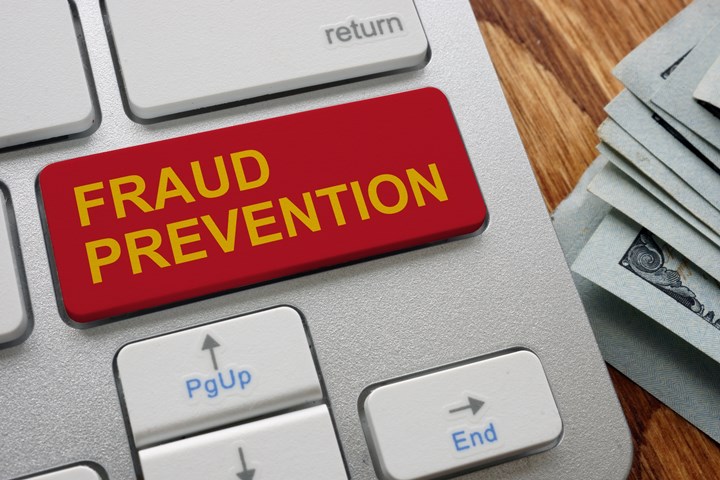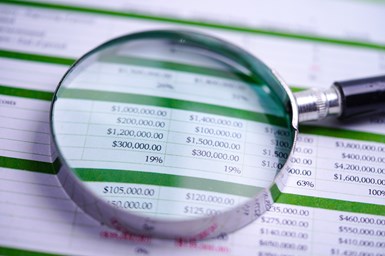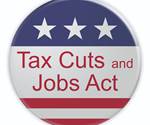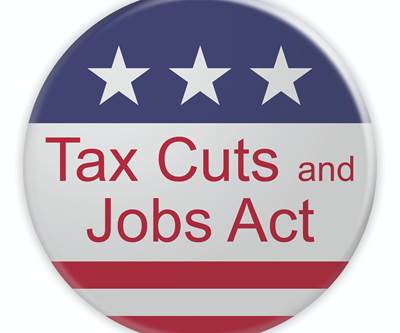
Photo Credit: Getty Images
When it comes to fraud in the workplace, the question is not if it is taking place, but at what level it is happening. However, many businesses are reluctant to address fraud risks head-on and invest in strategies to deter and identify fraud.
Mold manufacturers can reduce the burden that fraud has on a business and enhance profitability and efficiency by understanding the scale and types of fraud.
Do Not Ignore the Cost of Fraud
The cost of fraud and misconduct to a business is much more than the theft itself. A single instance of occupational fraud (fraud committed by the employees or owners) can cost shops almost $200,000 per instance. The consequential costs, such as the costs to investigate the fraud and/or replace staff, have been estimated to cost more than 50% of the initial fraud loss.
Also, the costs to your shop's reputation could be as much as 100 times the initial fraud loss. These estimates do not include the consequences of lost productivity, diminished employee morale, or loss of confidence with customers.
First, admit that fraud is a problem, then act.
Identify Fraud
Shops can design controls to address their most significant threats by identifying the most common fraud scheme by industry. The Association of Certified Fraud Examiner's 2020 Global Fraud Study states that manufacturers are most vulnerable to the following types of fraud schemes:
- Corruption: Half of the manufacturers in the study fell victim to these scams. Corruption includes conflicts of interest, bribery, illegal gratuities and economic extortion. Potential red flags of a corruption scheme may include complaints from bidders/suppliers, price outliers on awarded contracts, unusually close relationships with suppliers, or no “right to audit” clause in contracts.
- Billing scams: About one-fourth of fraud cases (23%) involved billing ploys. These scams may include submitting invoices for fictitious goods or services, inflated invoices, or invoices for personal purchases. A billing scheme's potential red flags may include missing documents or support for payment requests, invoices just under approval limits, poorly controlled vendor master file, or payments made outside of the accounting system.
- Noncash theft: Noncash ploys were reported in more than 20% of fraud cases. These incidents often involve the theft of such valuable assets as inventory and equipment. Potential red flags of noncash thefts may include unexplained credits or write-offs, unexplained inventory variances, or shrinkage.
- Expense reimbursement: Rounding out the top four categories, 20% of fraud cases involved fictitious or exaggerated claims for expense reimbursement. Potential red flags of an expense reimbursement scheme may include missing documents or support for reimbursement requests, late submissions of expense reports, or inconsistent/excessive spending compared to other employees, travel schedule, or expenses incurred on non-workdays.
In addition to fraud perpetrated by your employees, manufacturers are vulnerable to fraud losses related to intellectual property infringement, warranty, or product quality claims and face threats from cybercriminals seeking to exploit you and your customer's confidential personal and financial information.
Assess the Risk

Photo Credit: Getty Images
Assessing fraud risks is not a one-time exercise and cannot be adequately completed by anyone or department. There is not a one-size-fits-all solution to your shop's fraud risk management, but a framework may include:
- Assemble the right team: Solicit responses from all levels and all departments within the shop. You may find anonymous surveys or small workshops conducive to obtaining actionable feedback.
- Brainstorm risks: Put a timer on this exercise, but don't rule anything out or dismiss any risks identified during this process.
- Prioritize risks: Focus on those risks that are both likely to occur and could result in significant losses. Be sure to consider risks associated with information technology and regulatory/compliance, legal and reputational risks in addition to the dollar amount of the fraud itself. Determine a measured response to the prioritized risks. For example, can you accept, avoid, control, or transfer the risk? And if so, how?
- Get into a fraudster's head: Knowledge is power. Knowing what a person's incentive might be to defraud you, current pressures and the ways he or she can exploit your business' internal controls will help determine and develop effective countermeasures.
- Manage internal controls: Evaluate if the internal controls in place are effective. Consider the level of effort and authority to override or circumvent internal controls.
Manufacturers are vulnerable to fraud losses related to intellectual property infringement, warranty, or product quality claims and face threats from cybercriminals seeking to exploit your and your customer's confidential personal and financial information.
Use Proactive Anti-Fraud Strategies
Consider these proactive strategies to help mitigate fraud in your shop.
- Develop an anti-fraud policy: An essential first step to strengthen your anti-fraud stance is to formalize the shop's anti-fraud position and outline expectations and responsibilities of employees when it comes to identifying workplace misconduct, as well as spelling out possible consequences of misconduct.
- Implement a hotline: Fraud is most commonly discovered when the organization receives a tip from an employee, vendor, or customer. Organizations with hotlines suffered half the amount in losses and detected fraud twice as fast as those without hotlines.
- Incorporate data monitoring and analysis: Data analysis techniques can help a shop assess if its internal controls are operating as intended. It can also identify potentially fraudulent transactions sooner, resulting in lower losses and faster detection compared to shops that didn't use these techniques. Examples of data analytics in a mold shop environment include, but are not limited to:
- Verify the existence of vendors with familiar names or addresses
- Identify vendors who are also employees
- Identify purchases just under approval thresholds
- Extract invoices posted with duplicate purchase orders
- Identify duplicate SKU number, item descriptions, or costs
- Analyze the difference between standard and actual costs (more often than once per year when determining burden rates)
- Reconcile unmatched pay and remittances to freight invoices
- Extract products with zero quantities or zero prices
- Compare inventory levels and turnover rates
- Identify refunds paid to company employees
- Identify customers in sales who are not in accounts receivable
- Identify accounts with large (by dollar or volume) credit memos, refunds, write-offs
Taking a proactive approach to fraud won't guarantee that fraud will not occur, but it will help minimize your shop's chances of becoming a victim.
Related Content
U.S. Economic Fundamentals Impacting Moldmaking
The economy continues to downshift, capping growth in moldmaking.
Read MoreThink Safety: Eliminate Hazards Throughout the Shop
The tooling community is taking advantage of new products for safer mold shops and molding facilities.
Read MoreMMT Chats: A More Modern NPE “Made for You”
The Plastics Industry Association is making NPE 2024 a “can’t miss”’ experience with more of everything – education, exhibitors and networking! The PLASTICS Industry Association Chief Operating Officer Glenn Anderson and Director of Trade Show Marketing Damaris Piraino share what’s in store for attendees of next year’s May 6-10, 2024 in Orlando, Florida.
Read MoreCertified Quality Management for Plastics Professionals – Materials to Tooling to Recycling
Why is certification of a shop’s quality management system to ISO 9001, AS9100, IATF 16949 or ISO 13485 so special? What does the certification signify? And what supports the paper behind the framed certificate?
Read MoreRead Next
Tax Relief to Help Manage the Impact of COVID-19
U.S. Congress and Treasury have provided relief to mold shops since the beginning of the coronavirus via accelerated deductions, new tax credits, guidance around these benefits and extensions on the time to file and pay taxes.
Read MoreHow Tax Reform Impacts the Accounting Methods of Mold Shops
The Tax Cuts and Jobs Act of 2017 code may broaden the accounting methods available to mold builders with average annual gross receipts of less than $25 million for the prior three tax years.
Read MoreEvaluating the Impact of Changes in Tax Rules and Accounting Methods
A look at regulations the Treasury Department released that are impacting mold builders.
Read More





















